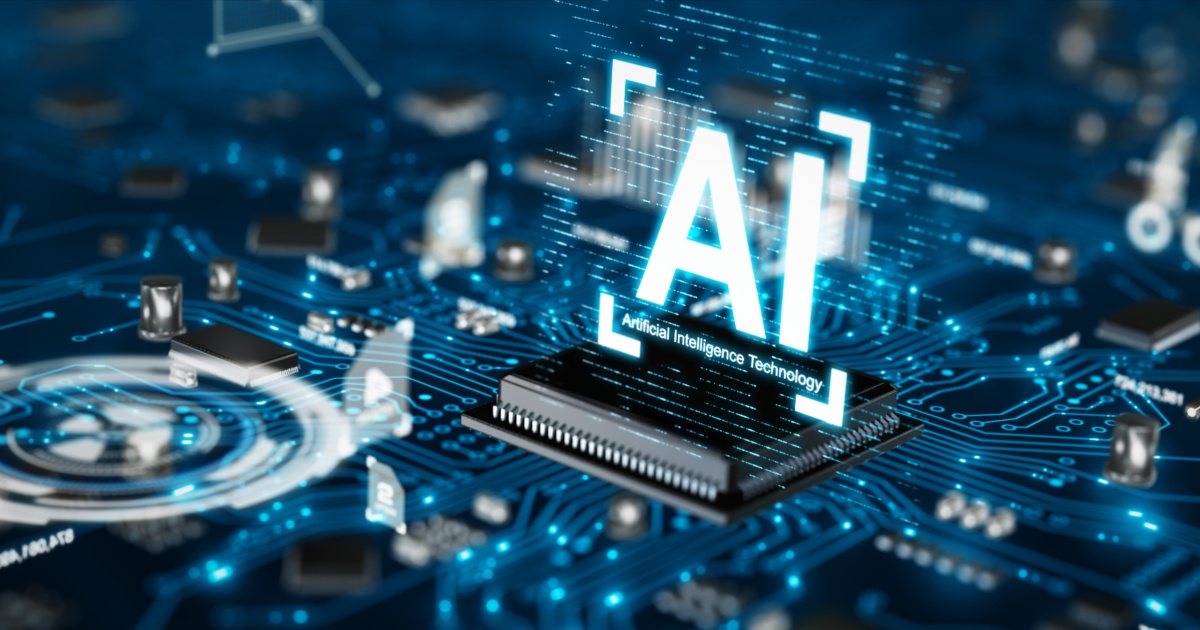
Generative AI, a technology that uses machine learning to create new and original content, such as images, music, or text, has gained significant popularity in recent years. In business, generative AI can streamline workflows, automate repetitive tasks, and enable businesses to focus on higher-value activities, ultimately boosting productivity levels.
Oracle added generative AI-powered capabilities within Oracle Fusion Cloud Human Capital Management (HCM), its cloud solution that connects every human resource process—and every person — across your enterprise.
Built on Oracle Cloud Infrastructure (OCI) and using its AI services, the new capabilities enhance HR processes, deliver faster business value, improve productivity, and provide better candidate and employee experiences, as well as streamline HR operations. New Built-in prompts minimize errors and bias, while customers maintain control over their proprietary data, ensuring the security of sensitive information.
Some of the newly embedded generative AI capabilities now include assisted authoring which enables quick content creation, as well as suggestions to provide guidance for better outcomes. And a summarization feature extracts key insights from multiple data sources, simplifying information consumption. These capabilities can be used to streamline tasks such as writing job descriptions, creating goals, and summarizing performance reviews and more.
"Generative AI is boosting productivity and unlocking a new world of skills, ideas, and creativity that can have an immediate impact in the workplace," said Chris Leone, executive vice president, applications development, Oracle Cloud HCM. "With the ability to summarize, author, and recommend content, generative AI helps to reduce friction as employees complete important HR functions. For example, with the new embedded generative AI capabilities in Oracle Cloud HCM, our customers will be able to take advantage of large language models to drastically reduce the time required to complete tasks, improve the employee experience, enhance the accuracy of workforce insights, and ultimately increase business value."
"We have already identified more than 100 high-value-added scenarios for generative AI in HR. But we're only just getting started! With the help of customers, who drive approximately 80 percent of updates to our products, we are continually embedding new use cases that enable organizations to embrace continuous innovation and perpetually improve HR processes and productivity," said Leone.
Edited by
Greg Tavarez